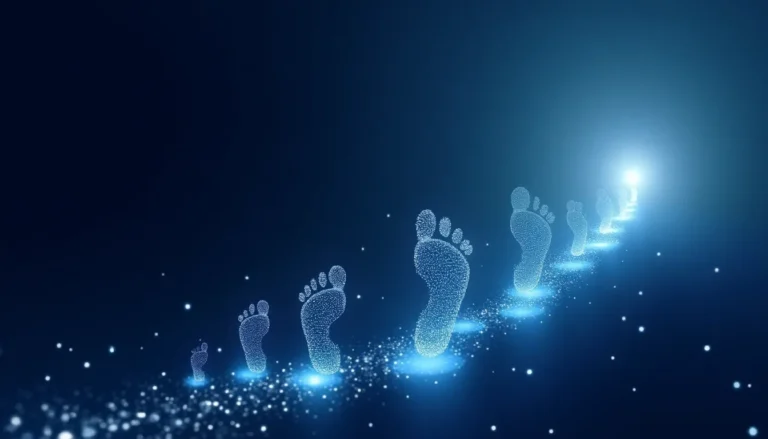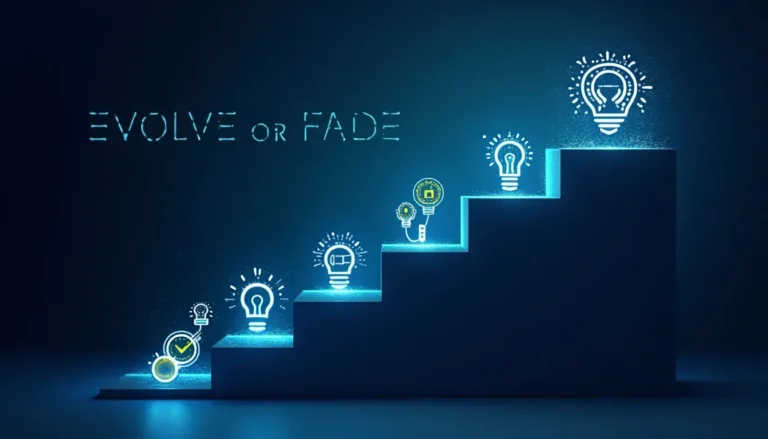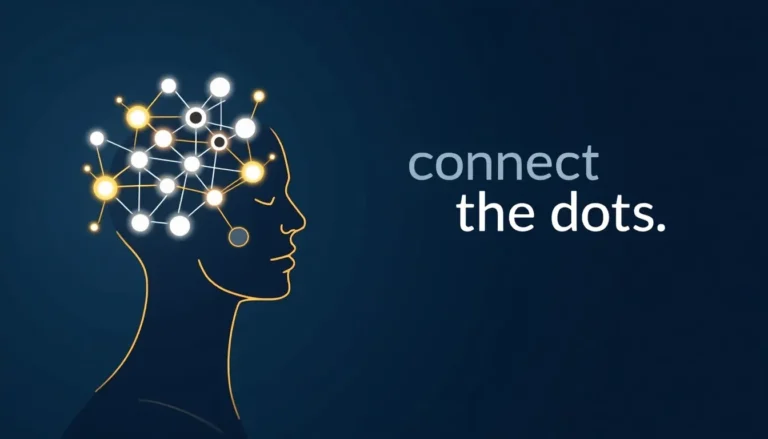Your AI Bias Is Showing
We all have biases about AI. Every single one of us.
Some think it’s humanity’s savior, destined to solve our greatest challenges.
Others see it as our destruction, the path to obsolescence.
Both views reveal more about us than about AI.
When we anthropomorphize AI – giving it human traits, emotions, and motivations – we’re projecting our hopes and fears onto lines of code and mathematical models.
It’s a mirror, not a crystal ball.
Watch how people talk about AI. Listen carefully to their metaphors, their examples, their concerns. You’ll hear their worldview speaking louder than their analysis.
The optimists see tools, potential, and progress.
The pessimists see weapons, threats, and decline.
The pragmatists see patterns, probabilities, and processes.
None of them are entirely wrong. None are entirely right.
Our biases shape how we interact with AI:
– What we’re willing to let it do
– Where we draw ethical lines
– How much we trust its outputs
– What we believe about its capabilities
– When we choose to resist or embrace it
These biases become self-fulfilling prophecies.
If you believe AI will take your job, you might stop learning new skills.
If you believe AI will solve everything, you might stop thinking critically.
If you believe AI is inherently dangerous, you might miss valuable opportunities.
The most dangerous bias isn’t optimism or pessimism – it’s certainty.
Being certain about AI’s future means you’ve stopped observing, stopped questioning, stopped learning.
The technology is evolving too rapidly for certainty.
The implications are too complex for absolute positions.
The potential outcomes are too varied for simple narratives.
The path forward isn’t about eliminating our biases – that’s impossible.
It’s about acknowledging them.
Examining them.
Understanding how they shape our decisions.
Recognizing when they’re holding us back.
Your AI bias is showing. So is mine.
The question isn’t whether we have biases about AI.
The question is: what are we going to do about them?
Look in the mirror. What do you see?



